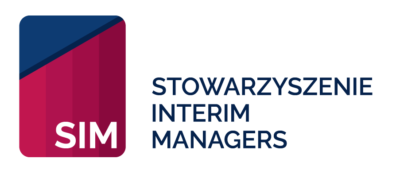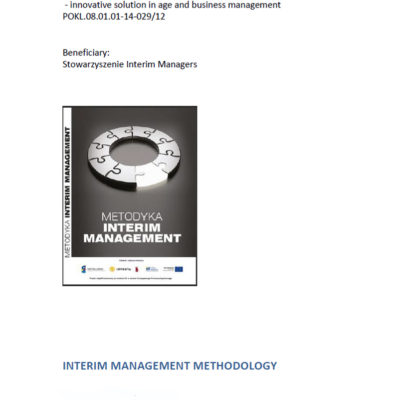



This publication is the result of many months of work by a group of people involved in the development of the idea of interim management on the Polish market.
Interim Management is a form of project or department management in which a company hires an interim manager or leader to effectively manage a specific project or area in the organization. During this period, the manager is typically hired for a fixed period to accomplish specific goals. In order to achieve success in Interim Management, various tools and methods are used. Below is a list of some of them:
Situation analysis and planning
The Interim Manager conducts a thorough analysis of the situation before starting work. This includes understanding the organization’s goals, current situation, challenges and opportunities. Based on this information, an action plan is developed.

Shift management
An Interim Manager is often hired to manage change processes. It uses various change management methods, such as the Kotter model, to effectively implement organizational changes.
Communication
Effective communication is key. The Interim Manager must effectively communicate goals, expectations, action plans and project progress both inside and outside the organization.
Project management tools
The Interim Manager often uses traditional project management tools such as Gantt charts, progress tracking tools, risk management tools, etc.
Information technologies
Depending on the specific nature of the project and organization, the Interim Manager may use various IT technologies to improve processes, data analysis or internal communication.

Benchmarking
Comparing an organization’s performance and processes to industry or competitor best practices can be an important tool in Interim Management.
Coaching and mentoring
The Interim Manager often acts as a mentor for existing employees, supporting their development and knowledge transfer.
KPI monitoring
Using key indicators to monitor progress in achieving project and organizational goals.
